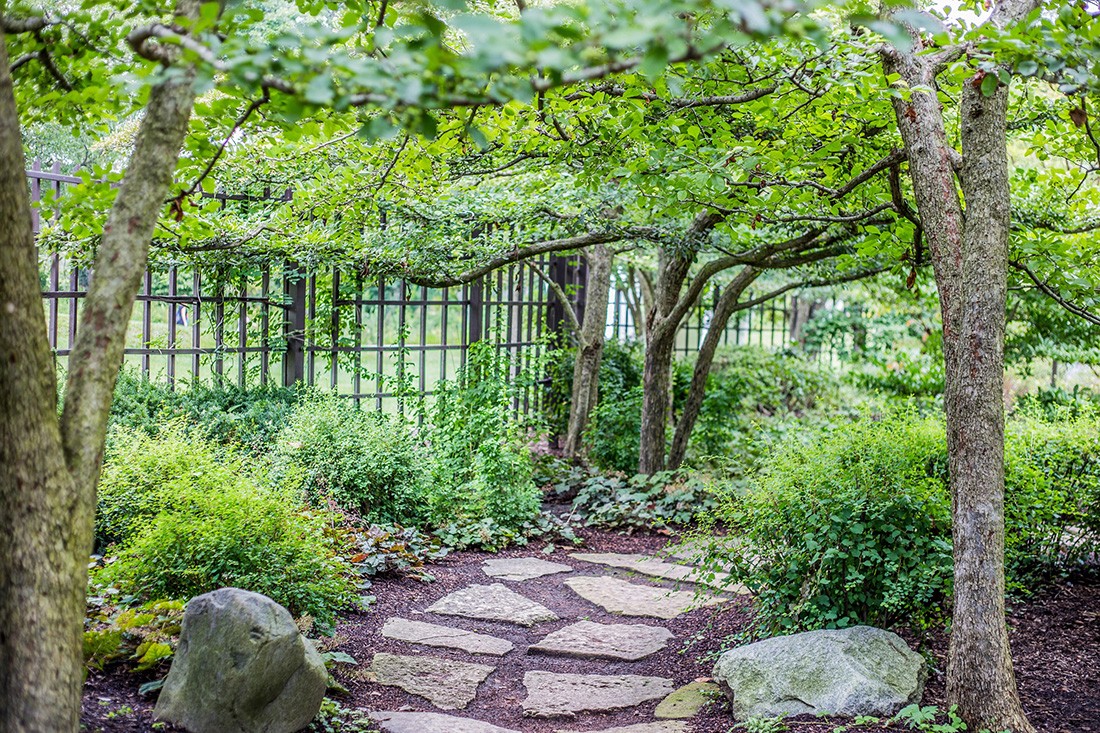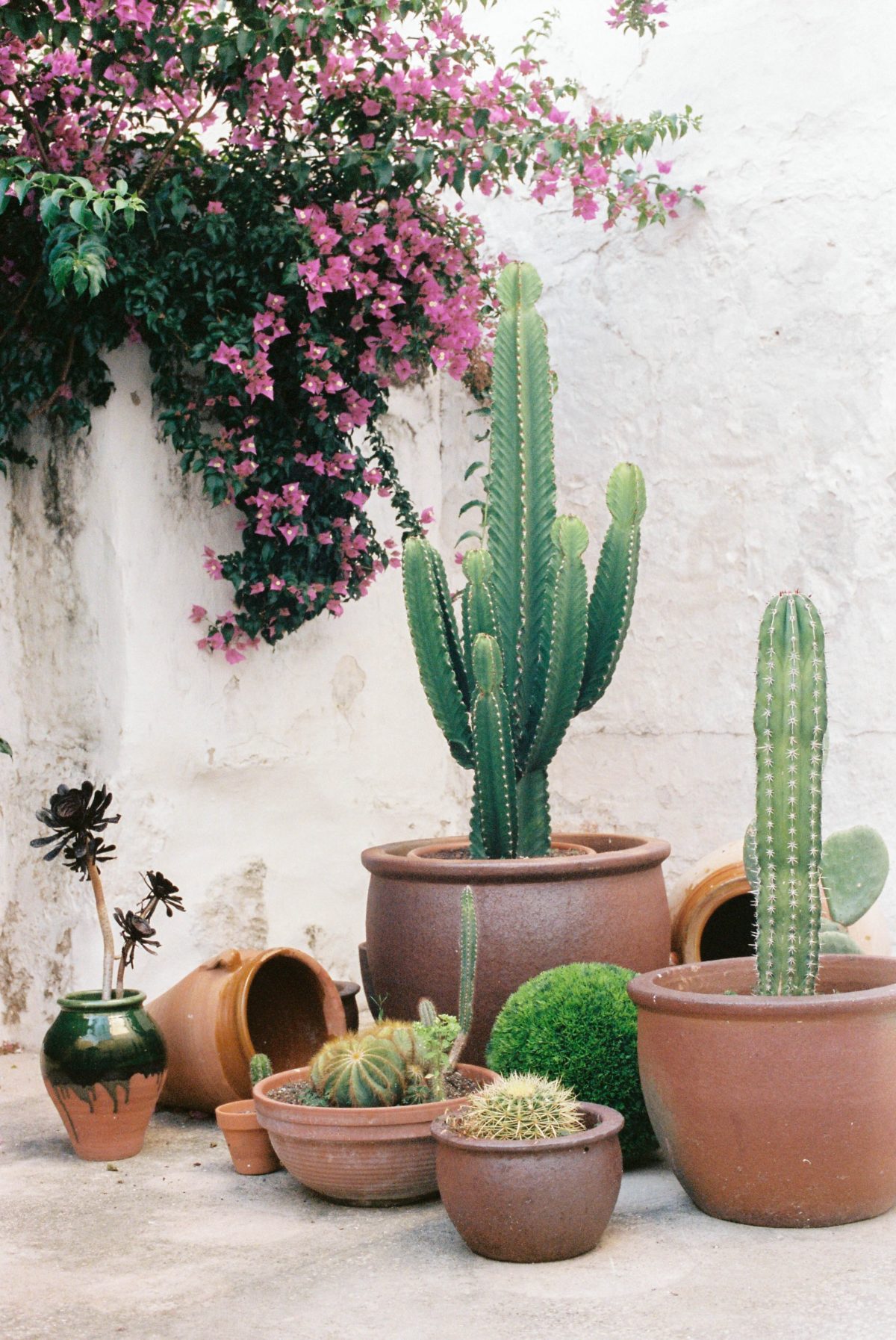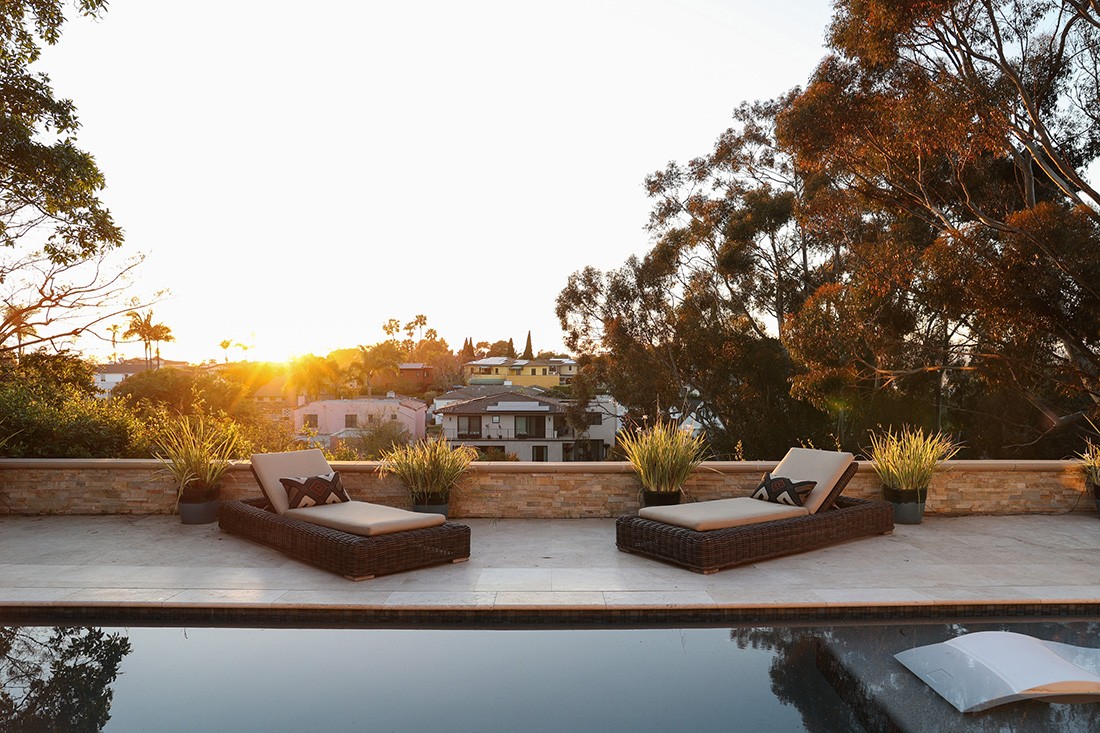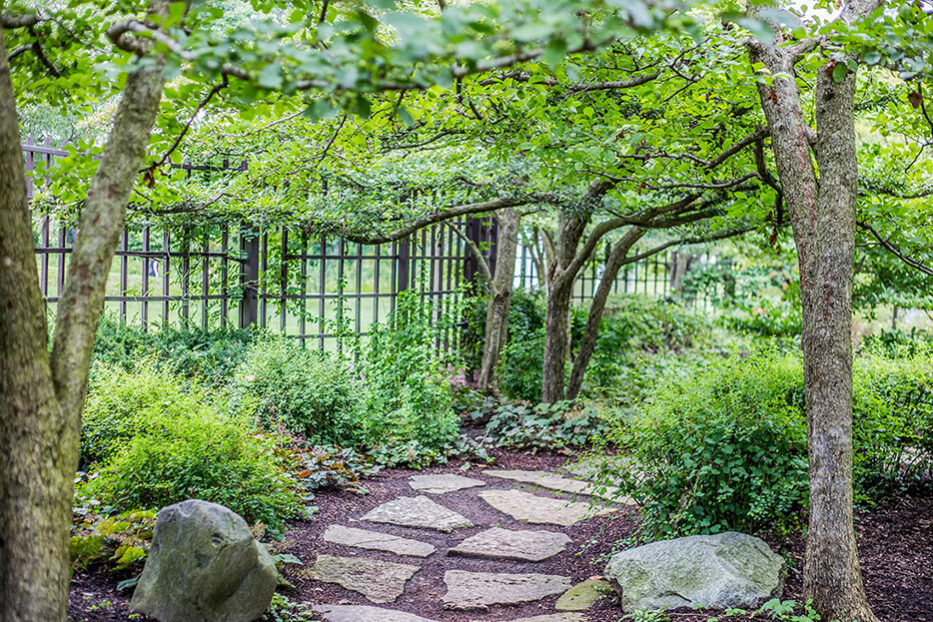
get the word on water-wise landscaping for dry climates
main image courtesy of Delaney Van
The summer season brings with it longer days, an abundance of sunshine and more time spent outdoors — often in our own backyards. For many residents of Colorado, summer can also mean the strenuous upkeep of our home landscapes. The reality of maintaining a lush, verdant backyard in the summer means using much more water than colder months, and especially more water than what can be naturally captured from precipitation alone.
Xeriscaping, or water-wise landscaping, is the answer to creating a lush backyard in Colorado’s dry climate. Although some may misunderstand Xeriscaping as replacing lawns with expanses of river rock or pea gravel, using stone is not the only (and often, not the most ideal) way to create a xeric garden.
Creating a beautiful yard with sustainable plantings and thoughtfully crafted landscaping elements can ensure that your outdoor space looks just as lush and vibrant in the summer months to come, without the overconsumption of water. Below are some landscaping tips for dry climates that can help you achieve a verdant landscape in the most challenging conditions.
simple updates
When thinking about the easiest, most cost-efficient ways to create value in a home, start small. “For sellers that want to take on a project before listing their home for sale, I always have them think it through,” says Carmelo Paglialunga, Co-Owner of milehimodern. “You never know what will resonate with a potential buyer. Before diving into a huge renovation, start with a deep clean, fresh paint and fantastic staging.”
The first step of this process is to deep clean the entire home, especially high-traffic areas such as the living spaces, kitchen areas and mudrooms. Freshly steamed carpets, gleaming windows and scoured tile finishes make an immediate impact on potential buyers by allowing them to focus on the home’s features rather than normal wear and tear. General handyman tasks, such as light fixture installation and light carpentry, should be considered in this phase as well.
Home services are made simple with Willow, a concierge service that coordinates home maintenance with ease. Get in touch to create a custom home maintenance plan.
Once the cleaning is complete, sellers and brokers can identify which areas may need a fresh coat of paint. Ideally, the home will have a cohesive color story throughout — think neutrals, like greige and warm whites, that allow potential buyers to see the possibility.

get the most out of watering
For backyards big and small, it may not be how much water is being used, but rather the time and the methods. Basic hose sprinklers may not provide full-coverage watering and often create runoff when used excessively. Well-thought-out irrigation systems are necessary for hassle-free watering that minimizes water waste. Utilize a drip system that penetrates the soil directly rather than a sprinkler that can cause much of the water to evaporate. Recurring maintenance on irrigation systems ensures that there are no spikes in water usage from leaks.
The timing of watering is just as crucial as the method. Turning the sprinklers on between the hours of 10 a.m. and 6 p.m. (when the sun is at its hottest) is a lost cause for thirsty gardens. Instead, opt for early morning watering to reduce evaporation, runoff and wilting.

extensive updates
A whole-house renovation may not provide an immediate return on investment for sellers looking to sell their homes quickly, but there are a few key areas that will provide added value without demolishing down to the studs.
“The two areas that sell a home more than anything are the kitchen and the primary bathroom,” continues Paglialunga. “If homeowners can nail those two spaces, they will always get the ROI.”
With this in mind, Paglialunga warns that “going too flashy” in these spaces will have the opposite effect. “Buyers may not see the appeal in a particularly bold renovation, despite the amount that sellers have invested.”
Still, buyers will typically perceive a kitchen with updated cabinetry, stainless steel appliances and generous counter space as more valuable than a kitchen with surface-level improvements. Sellers should consult with their brokers to determine whether vanity enhancements or a full renovation is appropriate for their goals.

SUBSCRIBE
to stay in the know
Your dose of the coolest properties, seductive architecture, influential design, art that matters and community happenings.

